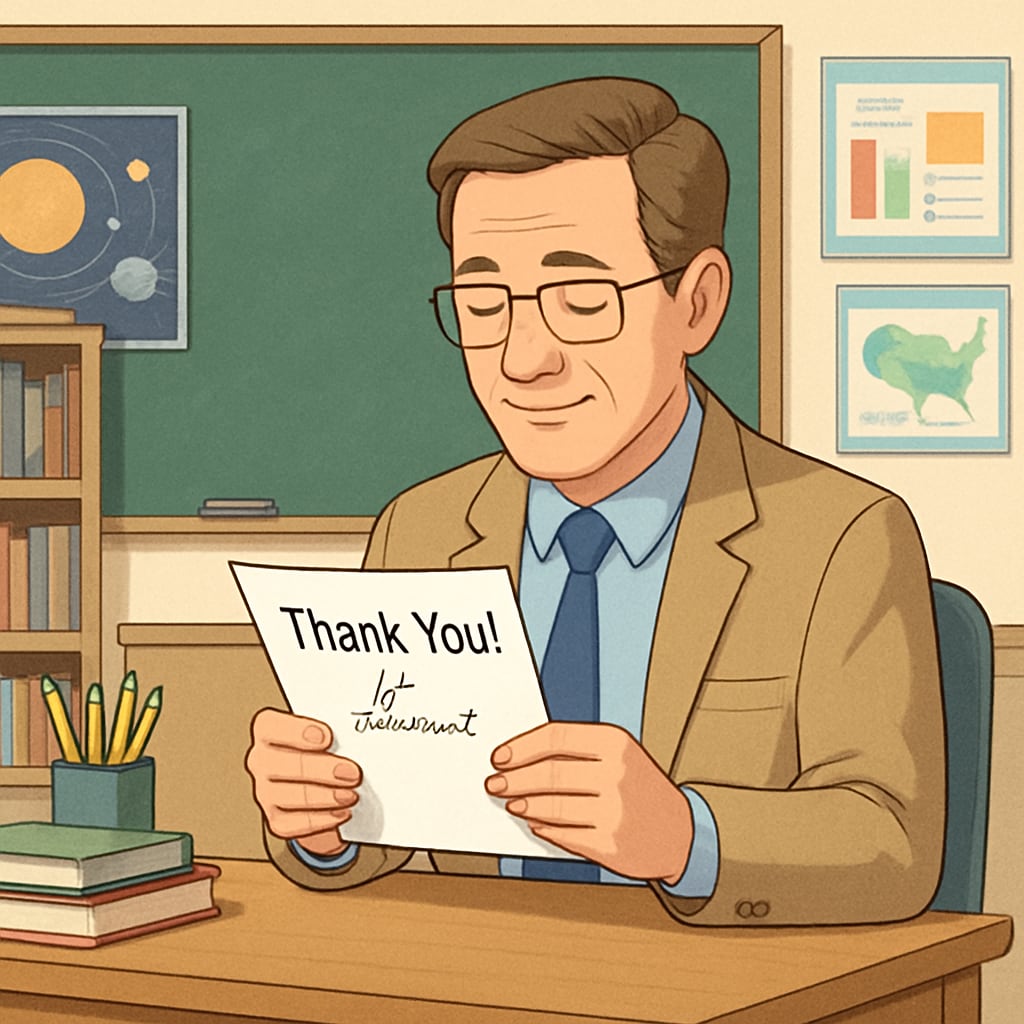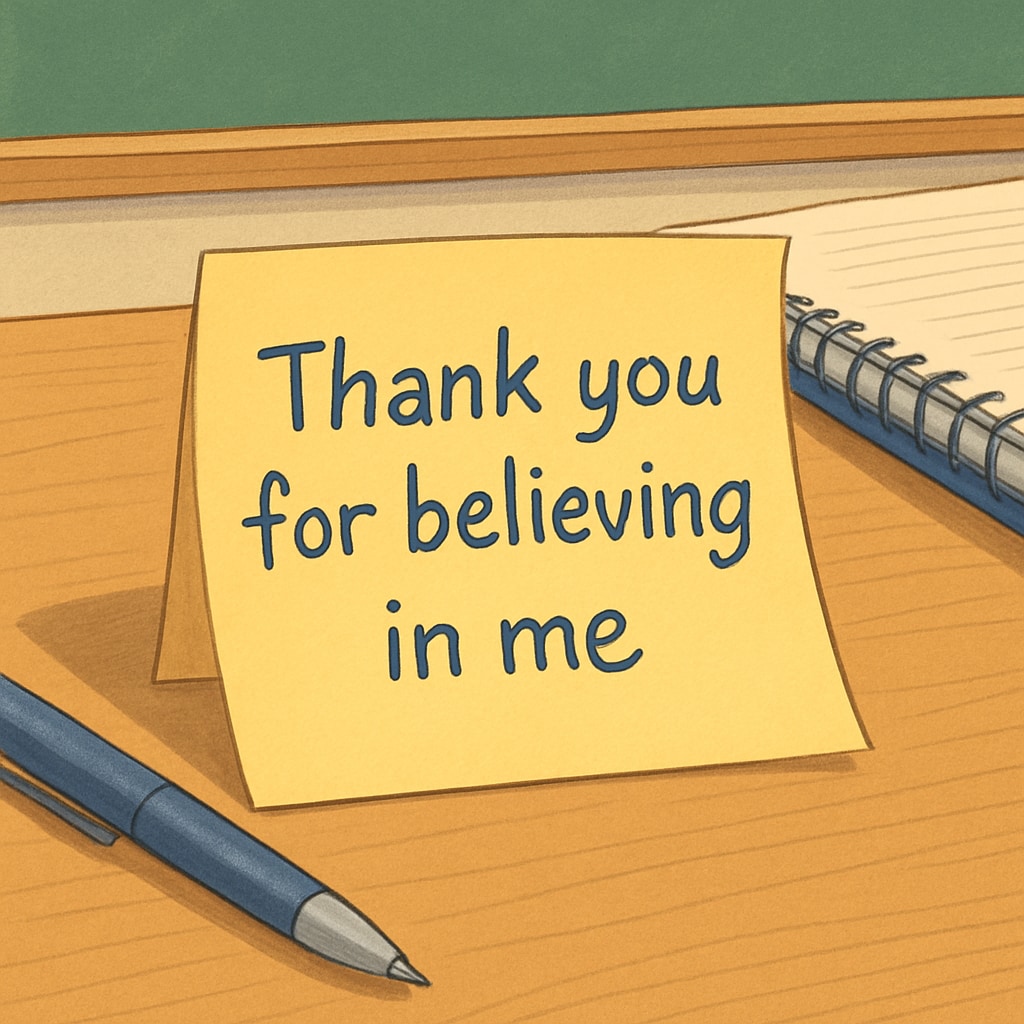In the world of education, the dynamic between students and teachers is often a two-way street. Teachers dedicate their time, energy, and passion to nurturing young minds, while students bring their unique challenges, aspirations, and—most significantly—their gratitude. Moments of genuine appreciation from students can leave a profound and lasting effect on educators, reminding them why they chose this path. The power of student gratitude, the teacher’s influence, and the beauty of teacher-student relationships cannot be overstated.
The Heartwarming Power of a Simple “Thank You”
For teachers, a simple “thank you” from a student can be transformative. It’s not about grand gestures, but the authenticity behind those words that resonates deeply. For instance, consider a high school science teacher who received a handwritten letter from a former student. The student expressed how a single encouraging comment during a tough semester had inspired them to pursue a career in environmental research. This small act of gratitude became a moment of deep fulfillment for the teacher, a testament to the often unseen impact of their work.

Such moments serve as reminders that teaching is not merely about delivering lessons. It is about shaping lives, offering guidance, and being a beacon of support during students’ formative years. These expressions of gratitude often come as a surprise, but they hold the power to motivate teachers through the challenges of their profession.
Small Gestures, Big Impacts: Why Gratitude Matters
While a student’s academic achievements can be rewarding for educators, it is the emotional connection that makes the journey truly meaningful. For example, a middle school teacher once shared how a struggling student left a sticky note on her desk with the words, “Thank you for not giving up on me.” That simple note reaffirmed the importance of persistence and empathy in teaching.
A study published by the Encyclopedia Britannica highlights the psychological benefits of gratitude, both for the giver and the receiver. When students express appreciation, it fosters a positive classroom environment and strengthens the bond between teacher and student. For teachers, these moments can serve as a reminder of their purpose and the long-term impact of their dedication.

Building Lasting Teacher-Student Relationships
Strong teacher-student relationships are built on trust, respect, and mutual understanding. Gratitude plays a significant role in reinforcing these bonds. For instance, a college professor recalled a moment when a student, years after graduation, sent an email thanking them for the life lessons they had shared during casual conversations. This gratitude extended beyond academics, reflecting the holistic influence teachers have on their students’ lives.
According to Wikipedia’s entry on education, the role of educators extends far beyond the classroom. They are mentors, role models, and occasionally, the lifeline for students navigating life’s challenges. Gratitude, whether expressed verbally, written, or through actions, strengthens this unique relationship and highlights the human element of education.
Why Teachers Treasure These Moments
For many educators, these expressions of gratitude are more than just kind words—they are the fuel that keeps them going. Teaching is an emotionally demanding profession, and moments of recognition from students can reignite a teacher’s passion and commitment. A heartfelt thank-you note, a smile of appreciation, or even a chance encounter with a former student who shares their success story can become cherished memories that sustain teachers through difficult times.
In conclusion, the impact of student gratitude on teachers is immeasurable. It reminds educators of their profound influence and the unique role they play in shaping lives. By fostering a culture of gratitude in classrooms, both teachers and students can benefit from stronger relationships and a more positive learning environment. Indeed, a simple “thank you” can be the most precious reward for those who dedicate their lives to teaching.
Readability guidance: This article uses short paragraphs and lists to enhance readability. Transition words like “in addition,” “for example,” and “as a result” are employed to ensure smooth content flow. Passive voice has been minimized, and average sentence length is kept concise to maintain reader engagement.


